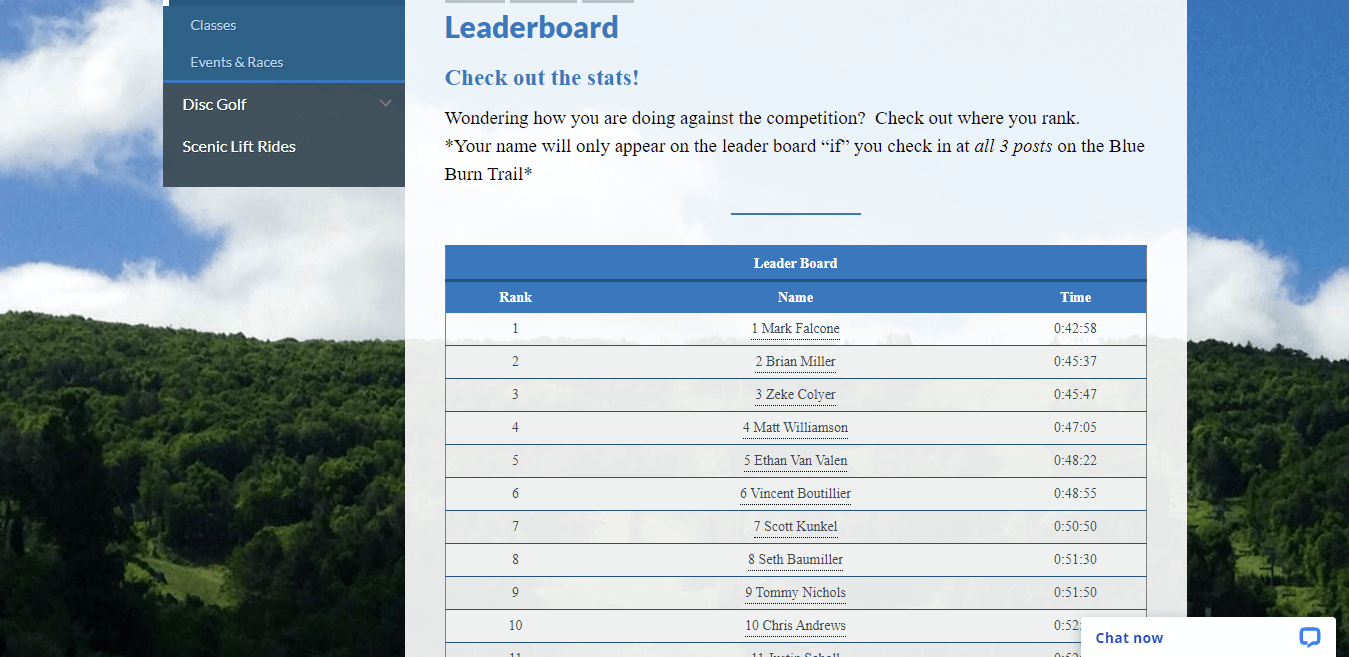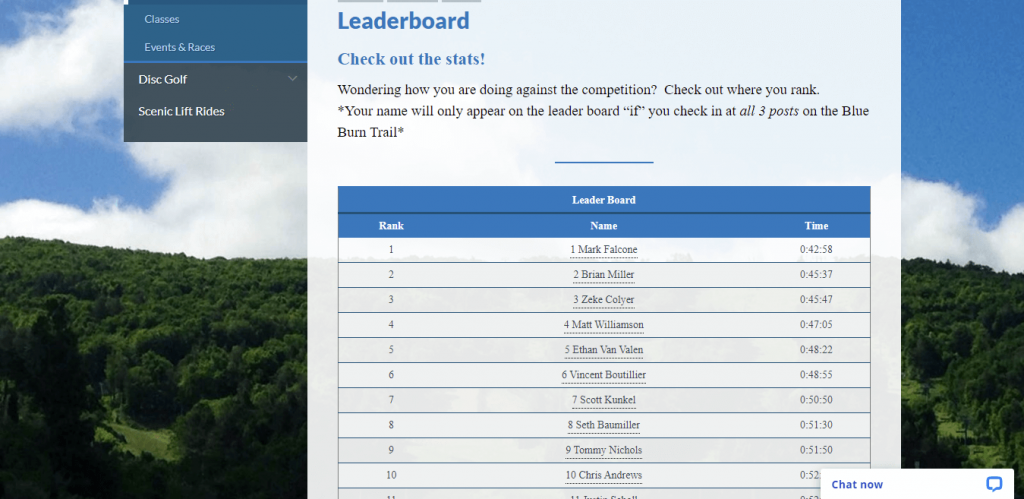Promotions
Can a paid hiking trail gain momentum? Blue Mountain thinks so.


BLANCHARD
As I mentioned a handful of times in recent months, I’m really getting into disc golf. It turns out, I’m part of a a huge wave of people showing interest in the sport.
Collectively, leaders in the sport are asking how to capitalize on this momentum. Specifically, they’re asking how to get more money into the sport. More money means bigger payouts for pro events. Bigger/better events can draw more eyeballs. And so forth.
But one of the simplest questions of all is around courses. Because most are free to play. And lots of folks are asking how to take something that’s usually free and thoughtfully make it paid.
Blue Mountain
Do you know what else is usually free? Hiking.
While I’ve never paid for a specific hike, I have paid entrance fees for an area (usual National Parks) where my only purpose is hiking. So as more and more folks try to get out of the house but avoid the crowds of other activities, the question about revenue and hiking is a fair one to ask.
If you do, let me present exhibit A: The Blue Burn at Blue Mountain, Pennsylvania.
According to one commenter, The Blue Burn trail used to be free unless you wanted to use timing chips to track your time. Now it’s pay-to-hike for everyone at a price of $5/person or $25 for a season pass.
But there are three key differences versus normal trails that make this a really intriguing play.
#1) A Catchy Name
First, they gave it a catchy name: The Blue Burn. Like the Grouse Grind, the name Blue Burn implies a certain level of difficulty that is a draw for fitness-loving folks which, as you might guess, are likely the audience they’re hoping to draw.
#2) A Logo
This is a big one. Because giving something a logo makes it feel much more like a product than other things. While hiking may not normally be something we pay for, products are. And that, in my book, helps close the gap significantly.
#3) A Leaderboard
Finally, they’ve added more to what you’re paying for than just access to the trail. Because your $5 also gets you an RFID band that will show you how long it took to reach various waypoints on the mountain. If you’re a causal hiker, you can go at your own pace. If you’re a bit competitive (like me), you may want to see where you stack up on the leaderboard. Competition increases the likelihood of folks coming again and again and adds a level of achievement hiking otherwise may not have.

Worth a Shot
I’m sure there will be plenty of pushback from some folks who feel hiking should be free. The same goes for some disc golfers.
But just like a $2/round fee at The Fort here in Utah creates enough cashflow to justify maintenance and upkeep to further help that course stand out, a $5/hike fee at Blue creates the same ability to continue investing in the trail and the experience at their mountain and further set themselves apart from other hikes.
And that self-sustaining, self-improving, self-elevating hiking concept is a really, really interesting idea.
About Gregg & SlopeFillers
I've had more first-time visitors lately, so adding a quick "about" section. I started SlopeFillers in 2010
with the simple goal of sharing great resort marketing strategies. Today I run marketing for resort ecommerce and CRM provider
Inntopia,
my home mountain is the lovely Nordic Valley,
and my favorite marketing campaign remains the Ski Utah TV show that sold me on skiing as a kid in the 90s.
Get the weekly digest.
New stories, ideas, and jobs delivered to your inbox every Friday morning.
